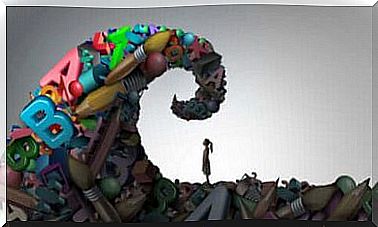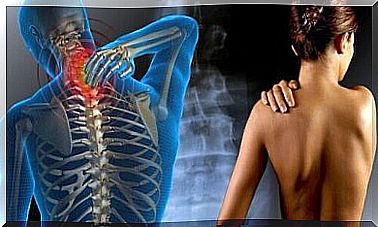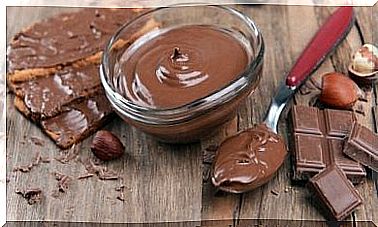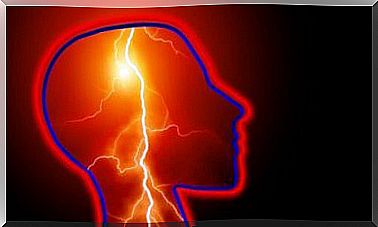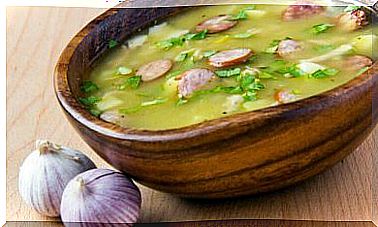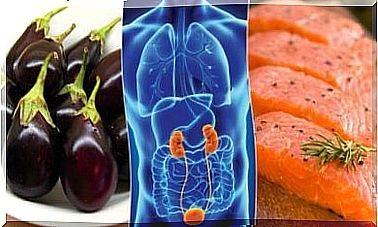The Wonderful Process Of Peristalsis
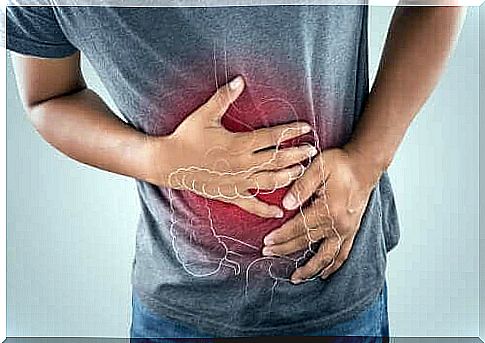
Peristalsis is muscle contractions that occur in the tube-like organs of the human body. This includes the gastrointestinal tract and the urinary tract, where tubular structures transport substances.
Peristaltic contractions are organized and rhythmic. They occur at a frequency considered normal and through the smooth muscles present in the walls of tubular organs.
The smooth muscles are autonomous. In other words, it is involuntary. You can not give this muscle conscious order to contract. Thus, it depends only on orders from the brain over which you have no control.
When the brain becomes aware of the presence of food in the digestive tract, it sends the order to the smooth muscles to the organs involved to perform certain movements. These movements ensure that the food is transported from the mouth to the anus.
The same mechanism also applies to the urinary system. When the brain detects the presence of urine produced by the kidneys, it sends information so that the ureters transport the urine to the bladder through peristalsis.
Thus we can say that peristalsis has three main functions:
- To move food through the digestive tract.
- Circulating bile in the liver, which is part of the digestive system.
- Transfer of urine to the urinary tract.
The steps of peristalsis
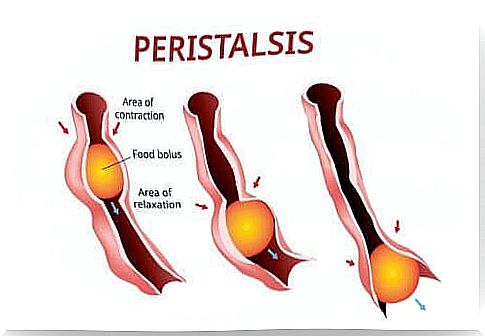
In addition, it takes place in a rhythmic and organized way. When the food enters the mouth and is crushed, it passes to the esophagus. There, peristalsis is responsible for moving the bolus (see diagram) that was created in the mouth to the stomach. These same movements prevent the bolus from moving upwards again.
When the stomach secretes stomach acid and takes the necessary measures with the bolus, the small intestine is the next step. Then the peristalsis leads the substances to the duodenum, jejunum and ileum. Bile acids are added from the gallbladder.
In the small intestine, absorption of nutrients depends on good peristalsis since well-performed movements allow the displacement of small substances into the intestinal walls.
Eventually, the digested food will be dehydrated in the colon. Here, the coordinated movements play a crucial role in fecal expulsion. Both the rectum and the anus depend on these movements to complete the final step.
Causes of reduced peristalsis
For various reasons we explain below, a person’s peristaltic movements may be slower than usual. This can lead to constipation in the digestive tract. This constipation can also lead to health problems.
Among the most common causes of reduced peristalsis we find:
- Extreme age. Both older people and young children suffer more from constipation since their age causes a deficit in smooth muscle.
- Diabetes. This disease affects neurological transmissions in many bodily regions, including the digestive system.
- Parkinson’s disease. Patients suffering from this condition may also suffer from more frequent constipation.
- Autoimmune diseases. For example, patients with scleroderma or polymyositis have reduced peristalsis.
- Medicines. Some medications have side effects such as constipation and decreased peristaltic activity. Thus, it is important to know this side effect before taking them and talk to your doctor so that you do not get scared if it happens to you.
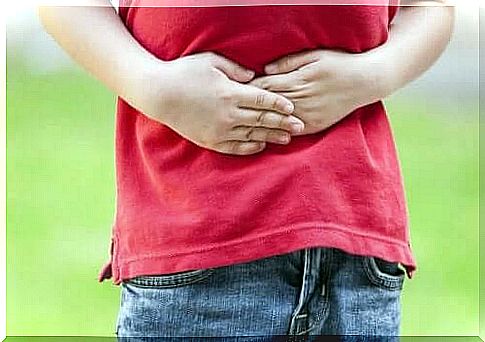
Reasons for increased peristalsis
Just as you may suffer from impaired peristalsis, the movements can also occur more often than necessary and result in the ultimate effect of diarrhea. These are the most common reasons:
- Bacterial infections. The most common bacteria that cause diarrhea are Escherichia coli , Salmonella and Shigella . The patient may have received them from ingestion of poisoned food or water.
- Viral infections. In children, increased peristalsis occurs due to common viruses. Medical monitoring is important in these cases to avoid dehydration.
- Medicines. Just as certain medications have adverse effects, including constipation, others can cause diarrhea.
- Chronic diseases. Some very common diseases in the general population have a symptom associated with increased peristalsis. For example, we can mention thyroid dysfunction.
- Psychological origin. The gut responds to stressful situations. This may seem logical now, since you know that the movements depend on the nervous system that stimulates the smooth muscles.
- Previous digestive surgery. Those who have undergone gastrointestinal surgery for various reasons may suffer from future peristaltic rhythm changes, either by destroying the intermediate nerve fibers or by shortening the digestive tract.
Conclusion
To summarize, peristalsis is a normal and important bodily function. Without it, you would not be able to live normally. It is responsible for transporting food through the digestive tract and urine through the urinary system.
However, its normal function may be impaired. You must therefore consult your doctor if you experience that you have more or fewer stools. Your doctor will know if this is a temporary change or if there is anything that requires specific treatment.


